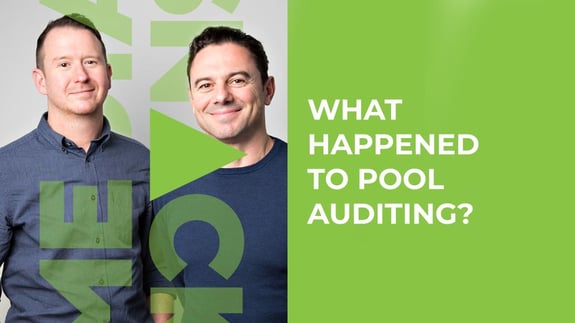Scroll down to watch #MediaSnack or click here to access over 200 helpful episodes.
The pool has been around for decades; widely appreciated by clients in the past as providing an independent test of media pricing even if agencies have always looked on it less favorably.
The challenge in 2022 is whether it should continue to play such an important a role in the media director’s tool kit as more and more media spend goes through programmatic marketplaces.
But first, let’s consider why we have a pool in the first place. In a simpler media landscape, many advertisers wanted to know how competitive their pricing was. The pool provided an answer of sorts – by comparing one brand’s media prices with an anonymous pool of unknown brands it produced a reference point for advertisers.
The right pool might even include other advertisers in the same category and could provide a window into business advantage/disadvantage. The problem was that no one ever really knew who they were being compared with and that was always a point of criticism for many skeptics.
While being curious about the price you are paying is only natural, the goal for many advertisers is to secure better pricing. The question now is whether the pool can be part of that journey.
In recent times, the whole concept of the pool has faced a couple of body blows. The first of these has been the adoption of Performance Related Incentive Plans (PRIC). These provide a new set of reasons for agencies to align themselves more closely with the brand’s growth goals. They challenge the previous supremacy of the pool and highlight the black box nature of the pool when compared to shared, transparent PRIC targets.
The second issue has been the digital media explosion. Not only has this created an explosion of data points but combined with programmatic and real-time trading, it means media prices can no longer be compared using pool methodologies.
So in 2022 when advertisers think about the pool and whether it adds value for their brand, they need to define the key question they want to ask. If the key question is how competitive are our costs, then there might be a role for the pool? But only if it’s the right pool.
They need to discover more about what sectors are contributing, because if the other brands are not relevant then the data has little worth. They need to which parts of their media spend can’t be compared. How does it apply to OTT or programmatic, for example, and does the smaller percentage of media spend covered still make it valuable? And they need to find out if the pool has any independent verification? Do you know if you are talking about a paddling pool or an Olympic size pool?
At ID Comms, however, we think there’s a more interesting question that advertisers can ask: how do we improve our media pricing?
That means considering what can be done to help the agency get better prices, focusing on what’s under their control and how it’s rewarded as part of a PRIC. It means thinking about what you can do as an advertiser to help the agency deliver. Does being part of a pool act as a leverage point when they sit down with a media owner?
We believe that a PRIC brings with it not just business alignment but also empathy. It enables media directors to put themselves in the position of the agency and ask how they help their partners deliver.
Our solution would be looking at how the agency can improve value year on year. Take the KPI out of the black box and focus on what the agency can control, let them hone their cost performance and work together to create leverage points they can take to market.
Read more about ID Comms Media Performance Auditing.
Over time that will be not just more transparent but also deliver better traction. Because the ultimate goal is to work together to make media the driver for brilliant business outcomes.
Watch the ID Comms #MediaSnack episode here:




COMMENTS